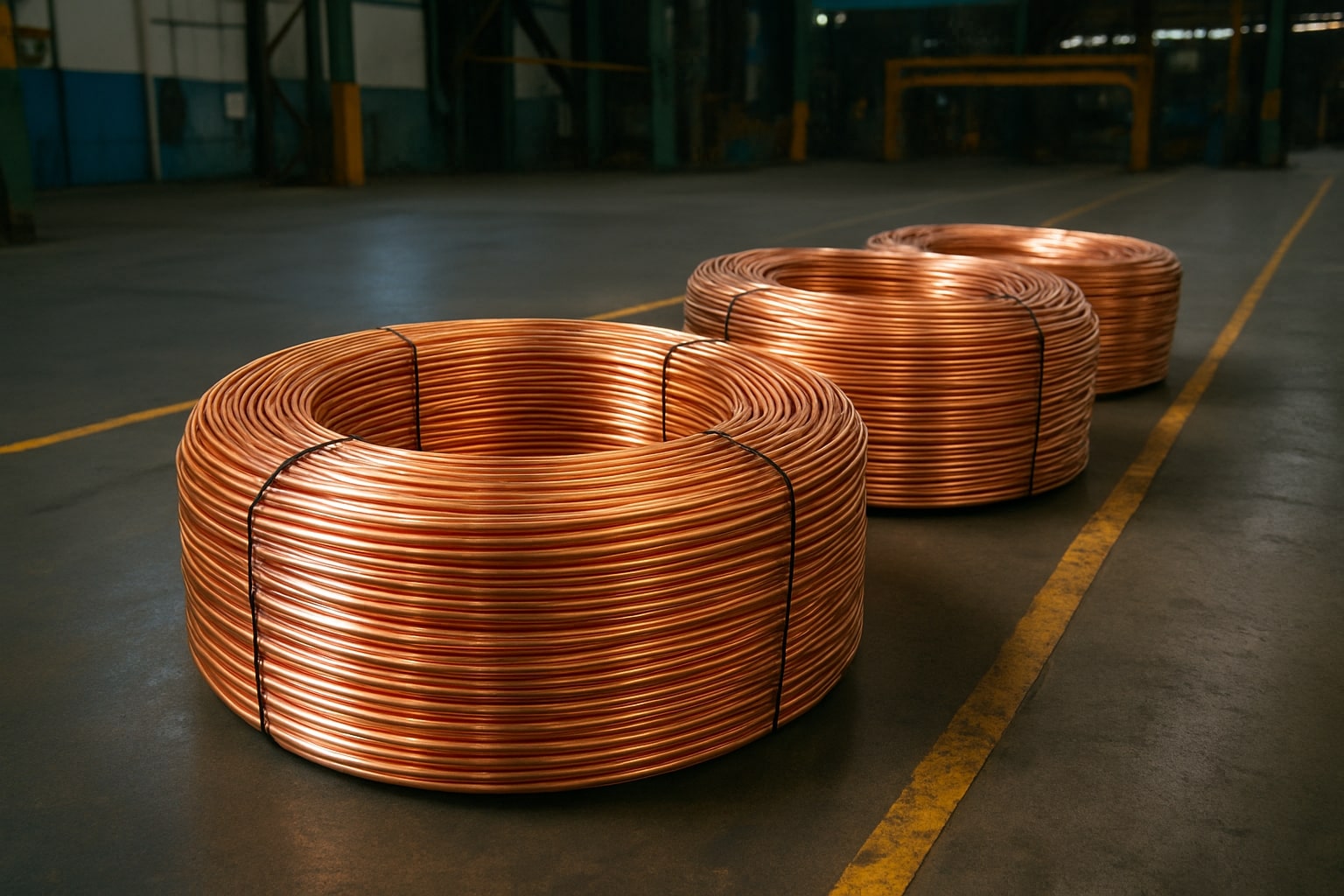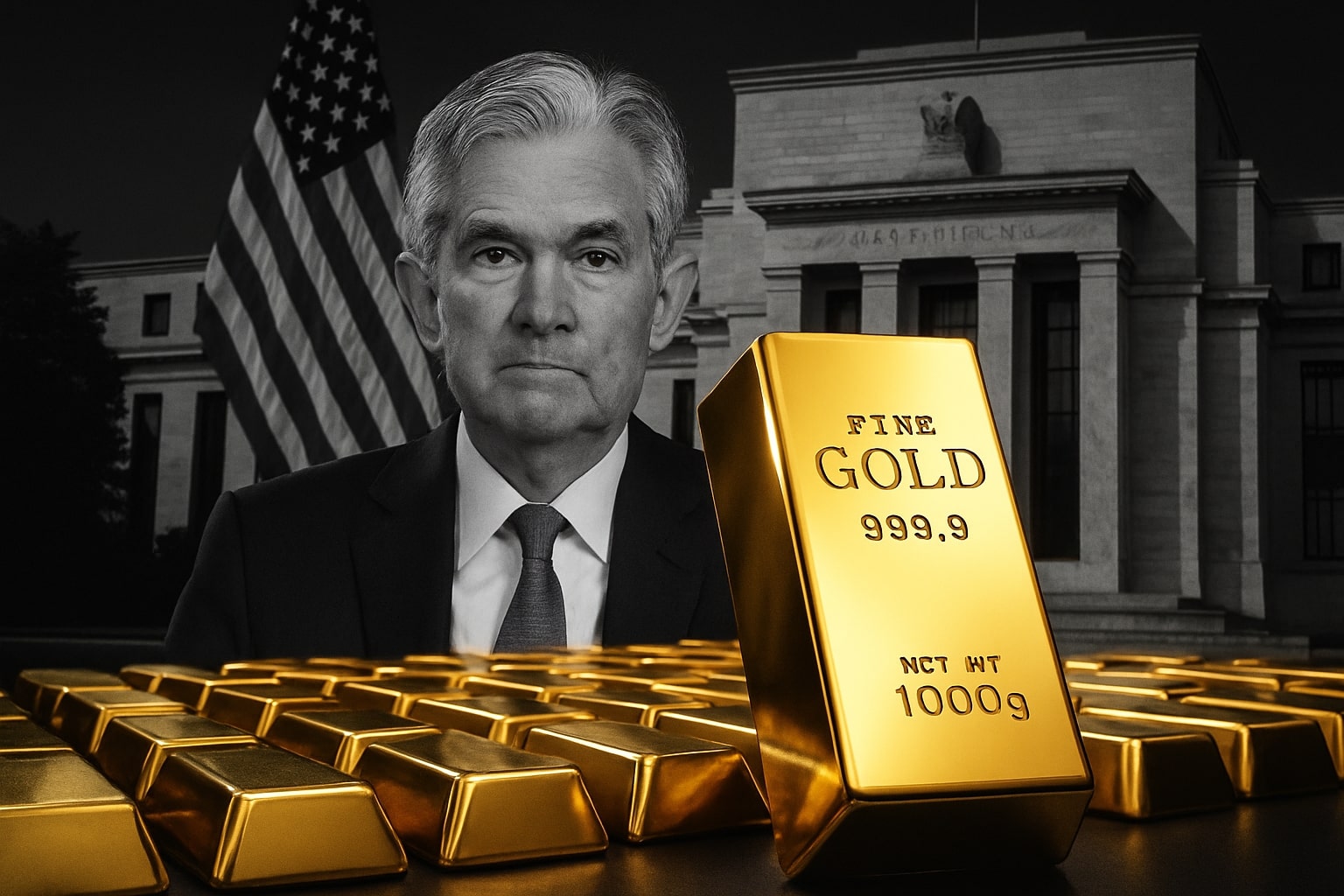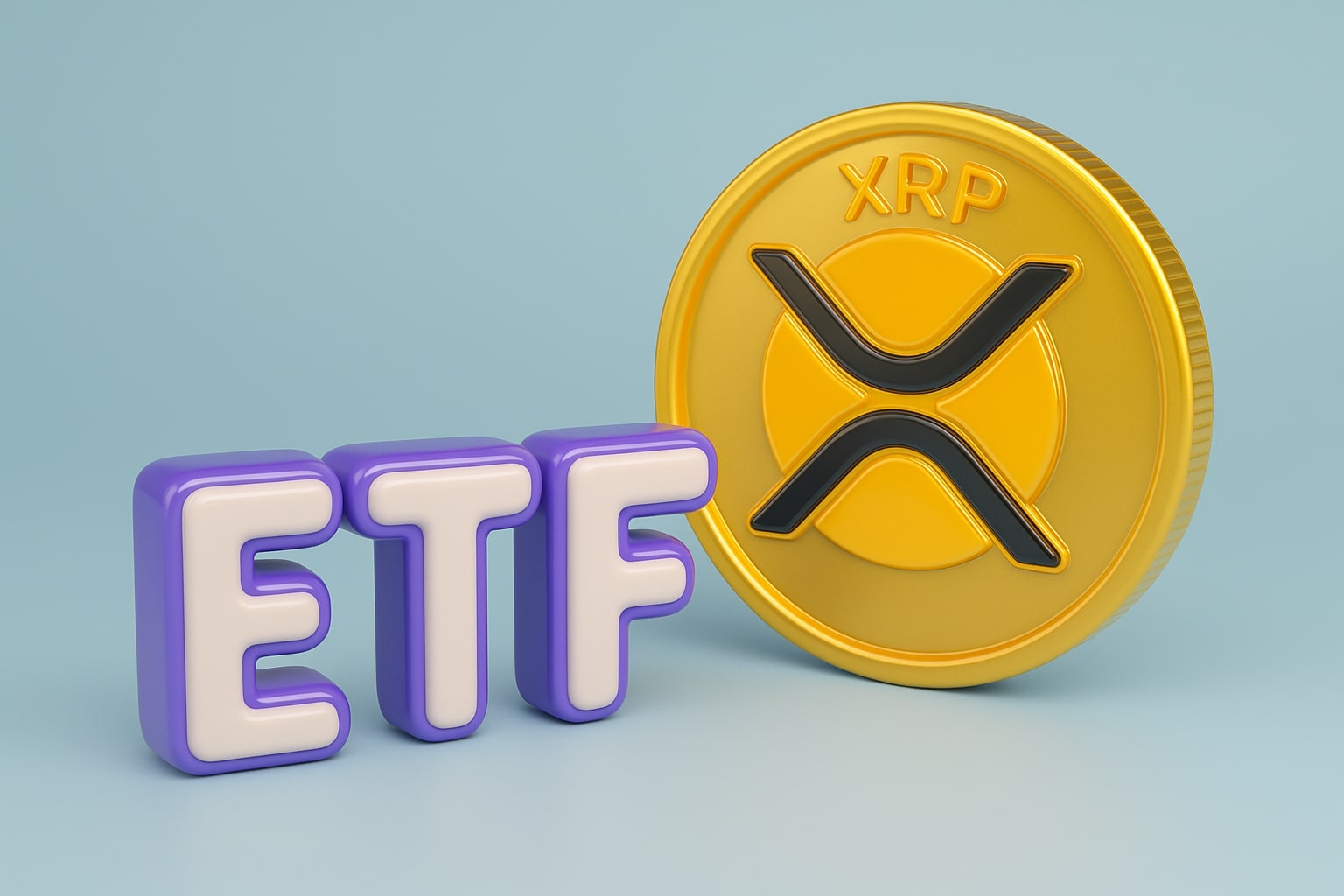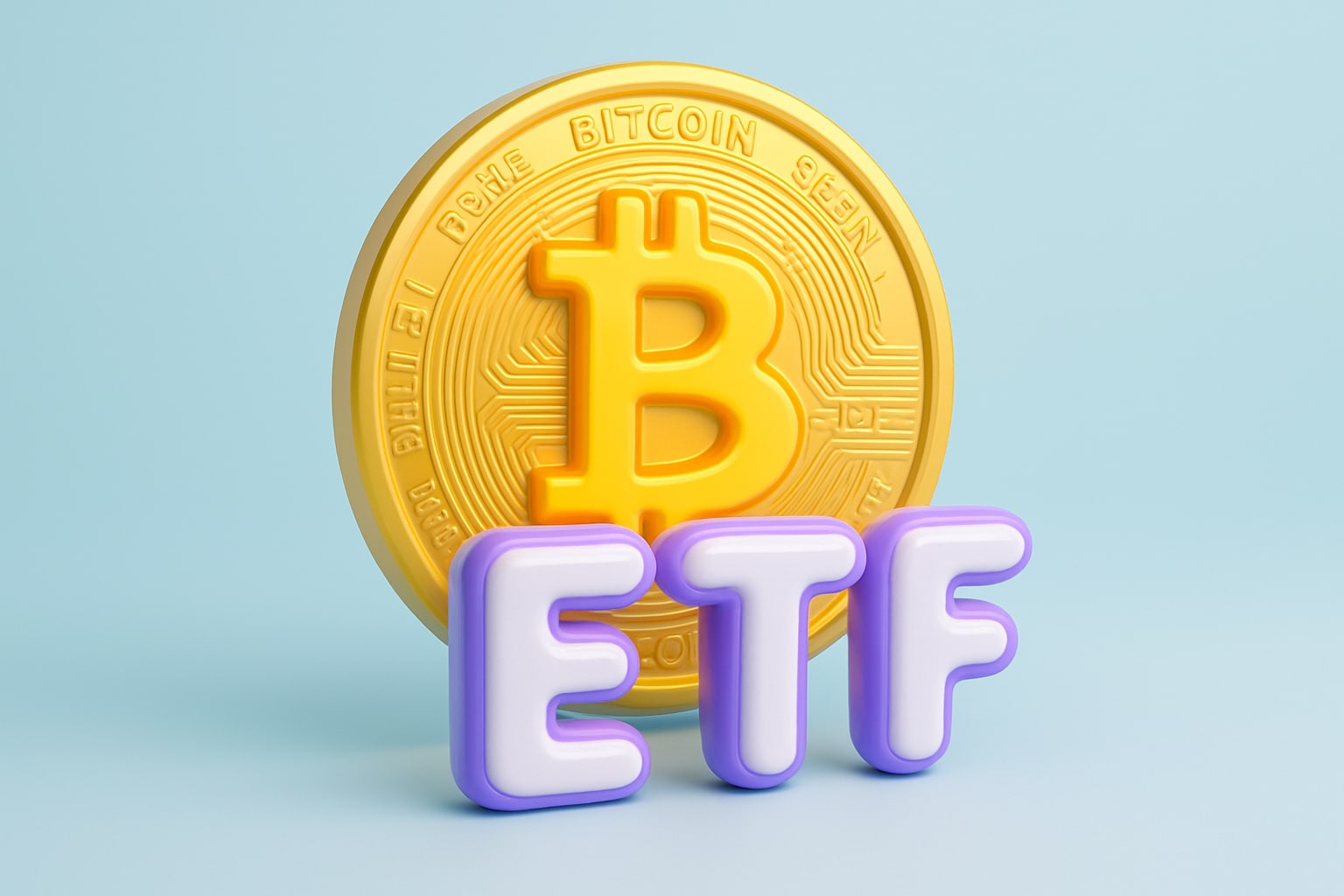
Copper Price Forecast: HG=F Falls to $9,772 as Inventories Surge and Dollar Rises
Copper faces pressure from a 72% rise in LME stocks, tripled Comex inventories, and China’s slowing industrial profits despite year-to-date gains of 11% | That's TradingNEWS
Copper Price Forecast: HG=F Retreats From Highs as Dollar Strength and China Data Pressure Market
HG=F Pulls Back After Four-Day Rally
Copper (HG=F) ended its four-session winning streak, slipping 0.7% to $9,772 per metric ton on the London Metal Exchange after touching $9,862, its highest in two weeks. The reversal came as the U.S. dollar climbed sharply, making dollar-denominated commodities more expensive for overseas buyers. The move highlights how sensitive copper remains to macro shifts in currency and rate expectations, particularly as investors digest U.S. political turmoil and renewed questions over Federal Reserve independence. Even with the latest pullback, HG=F has advanced 11% year-to-date, a strong rebound from April’s trough of $8,105.
China Demand Concerns and Mixed Profit Data
The underlying driver of copper’s weakness remains uncertainty in China, which accounts for more than 50% of global demand. July industrial profits fell for a third straight month, underlining the sluggishness in heavy industry and real estate. At the same time, manufacturing profits rose 6.8%, suggesting that Beijing’s two-month campaign to curb overcapacity in metals and construction is beginning to stabilize specific sectors. This mixed picture leaves traders cautious. ING’s Eva Manthey noted that headwinds from tariffs and property sector distress continue to weigh heavily on sentiment. The balance between falling industrial profits and a manufacturing rebound makes copper’s demand outlook volatile, keeping resistance levels intact near $9,900.
Inventories Surge Across LME and Comex
Stockpile data added pressure to HG=F. LME-registered inventories rose another 1,100 tons, bringing warehouse holdings to 156,100 tons — up 72% since late June. On the Comex exchange, copper stocks have nearly tripled since January, a sign that physical supply is outpacing near-term demand. Rising inventories typically cap rallies because they signal that the market is not tightening as quickly as prices suggest. For traders, the rapid warehouse build undermines the bullish narrative, especially with new mine supply still flowing steadily from South America and Africa.
Political Risk and the Dollar Factor
The dollar’s rebound compounded copper’s losses. President Trump’s unprecedented dismissal of Federal Reserve board member Lisa Cook unsettled markets and raised fears about central bank independence. The stronger greenback lifted the U.S. Dollar Index, reinforcing pressure across base metals. A firm U.S. currency not only weighs mechanically on copper pricing but also reflects shifting global capital flows, tightening liquidity in risk assets. Alastair Munro of Marex observed that metals prices remain “surprisingly resilient” given the macro headwinds, but the dollar’s strength is clearly slowing copper’s ascent.
Marimaca Copper and Project-Level Developments
Beyond macro drivers, project-level news in the sector is shifting sentiment. BMO Capital raised its target on Marimaca Copper Corp. (TSX:MARI) to C$13 from C$12 after the company released feasibility results for its MOD project. The study, while showing higher-than-expected sustaining capital costs, de-risks development and highlights opportunities for expansion and cost savings. Closure costs may be deferred, improving overall economics. Despite a near-term 11% drop in MARI shares, analysts see upside tied to integration of exploration targets and scalability. This underscores the industry-wide tension: large capital outlays are necessary for supply growth, but investor confidence depends heavily on project economics and financing conditions.
Comparative Performance Across Base Metals
Copper’s 0.7% decline was part of a broader pullback in industrial metals. Aluminum fell 0.8% to $2,616 per ton, zinc lost 1% to $2,785, and nickel slid 1.1% to $15,120. Lead bucked the trend, rising 0.2% to $1,992.50, while tin gained 0.8% to $34,465. These moves emphasize that copper’s price action is not isolated but aligned with a sector-wide reaction to the dollar surge and soft Chinese demand. However, copper’s deeper warehouse inventory build makes it particularly vulnerable to sharper swings.
Forward Outlook for HG=F
At $9,772, HG=F is consolidating below key resistance at $9,900. Breaking that level could re-open a test of $10,200, with bullish models eyeing $10,500 if supply disruptions emerge. On the downside, support sits at $9,500, with a deeper floor near $9,200 if dollar strength persists and inventories continue rising. The market remains caught between strong year-to-date momentum and weakening fundamentals in China. Without a clear demand recovery, copper risks stagnating despite its reputation as an economic barometer.
Verdict on Copper HG=F: Buy, Sell, or Hold?
Considering the combination of rising inventories, dollar strength, and mixed Chinese demand, HG=F leans toward a cautious Hold rather than a clear buy. The longer-term trajectory remains constructive given global electrification, EV growth, and constrained new supply pipelines. However, in the near term, warehouse builds and macro uncertainty cap upside momentum. Traders looking for bullish exposure should watch the $9,900–$10,000 breakout zone closely, while longer-term investors may prefer to accumulate on dips closer to $9,200 where downside risk is more limited.
That's TradingNEWS
Read More
-
PFFA ETF Nears $21.50 as Rate Cuts and 9.49% Yield Spark Renewed Demand
29.11.2025 · TradingNEWS ArchiveStocks
-
XRPI and XRPR ETFs Ignite Ripple’s Institutional Rally as Inflows Near $1B and XRP Holds $2.20
29.11.2025 · TradingNEWS ArchiveCrypto
-
Natural Gas Price Forecast - NG=F Blasts to $4.85 as Demand Surge Fuel Multi-Month Breakout
29.11.2025 · TradingNEWS ArchiveCommodities
-
USD/JPY Price Forecast - Yen to Dollar Slides to 156.10 as Yen Strengthens on Fed Cut Expectations
29.11.2025 · TradingNEWS ArchiveForex



















